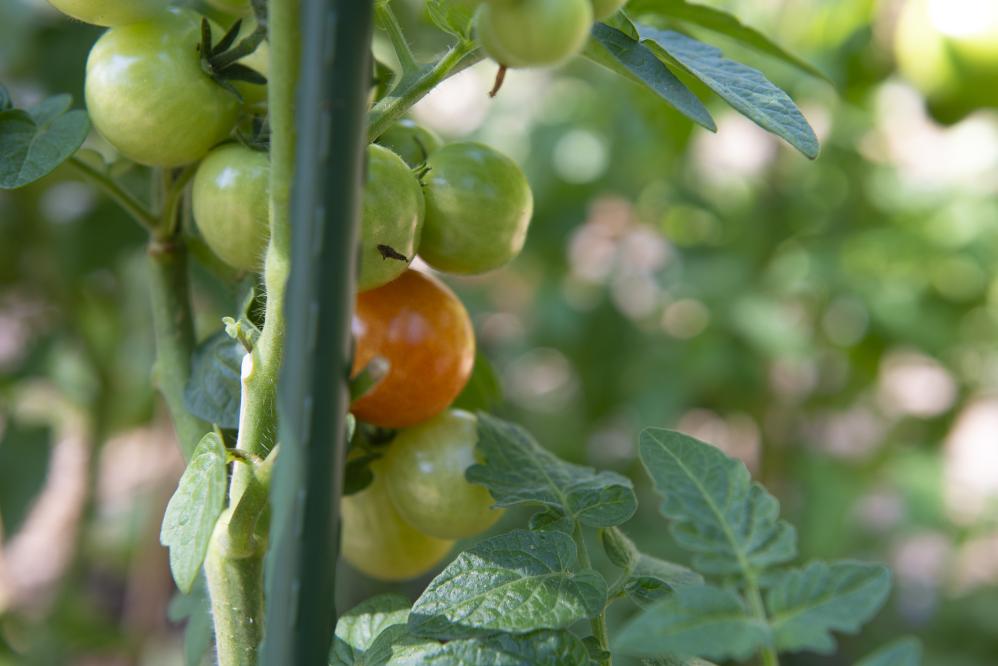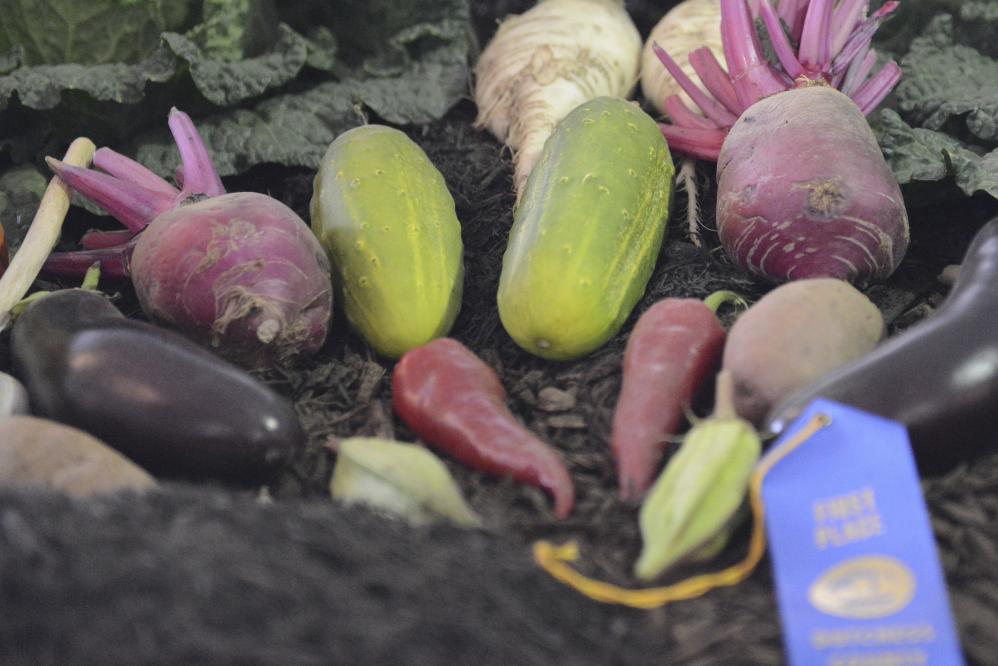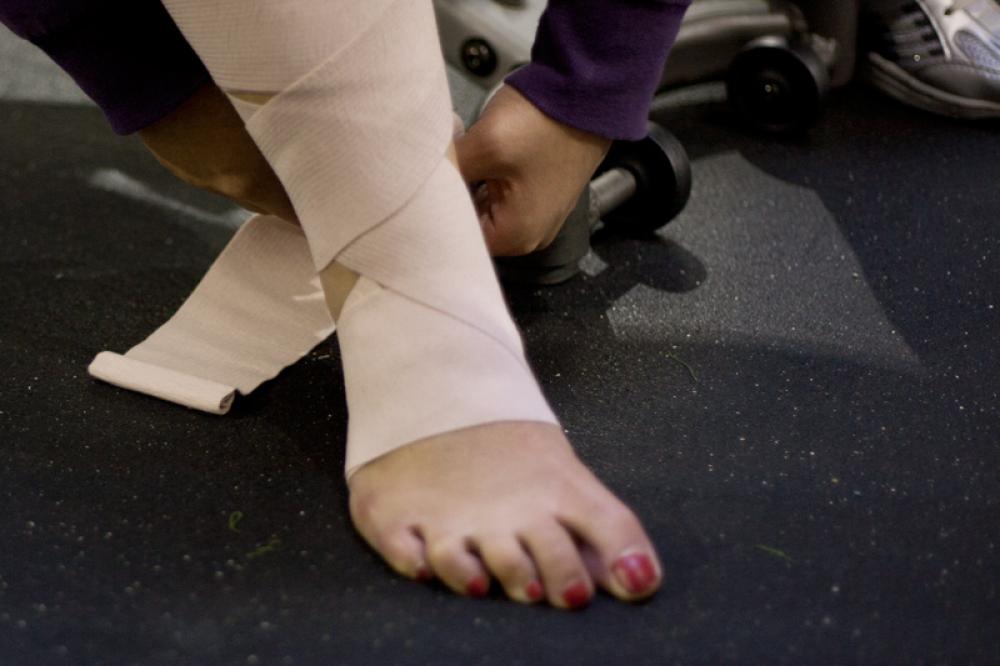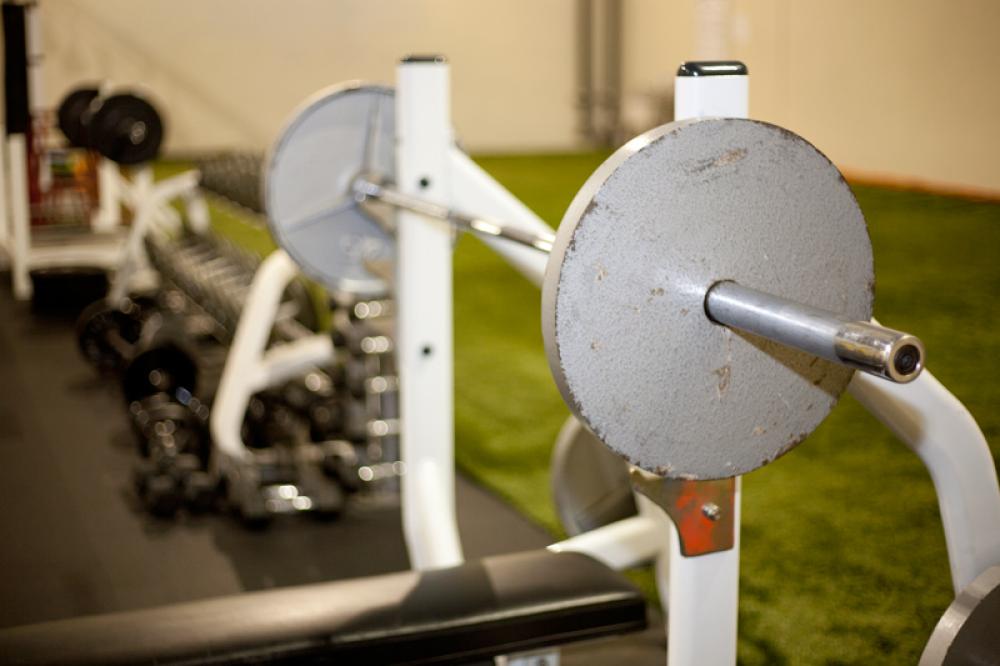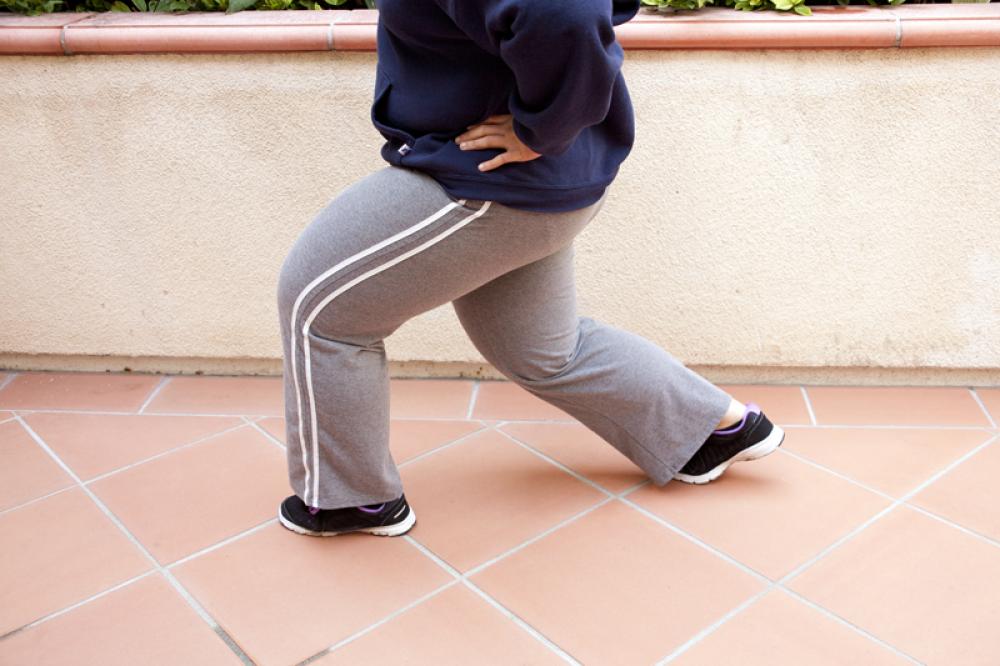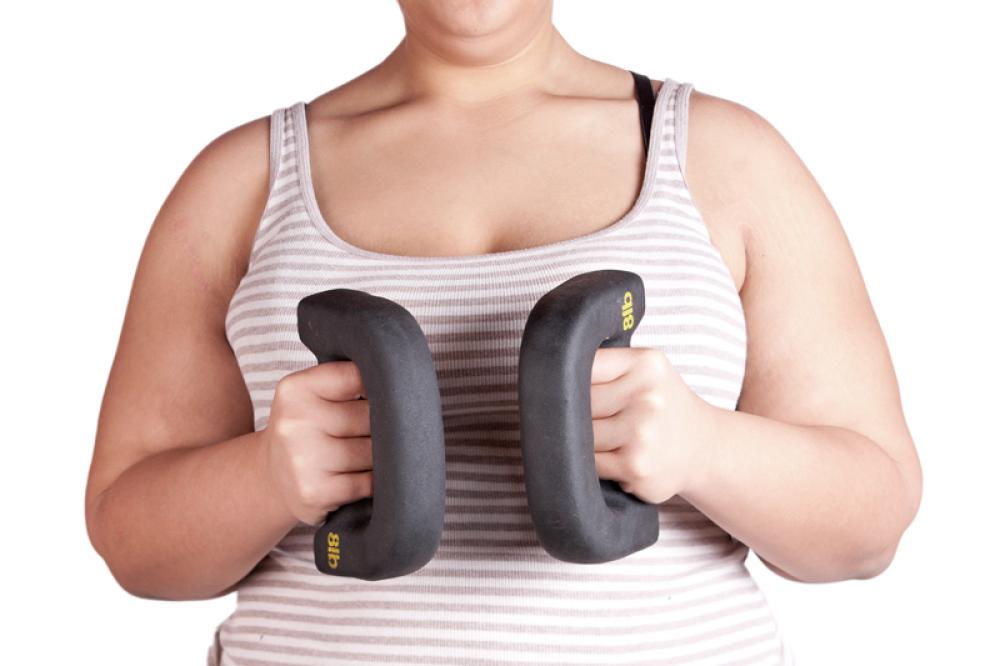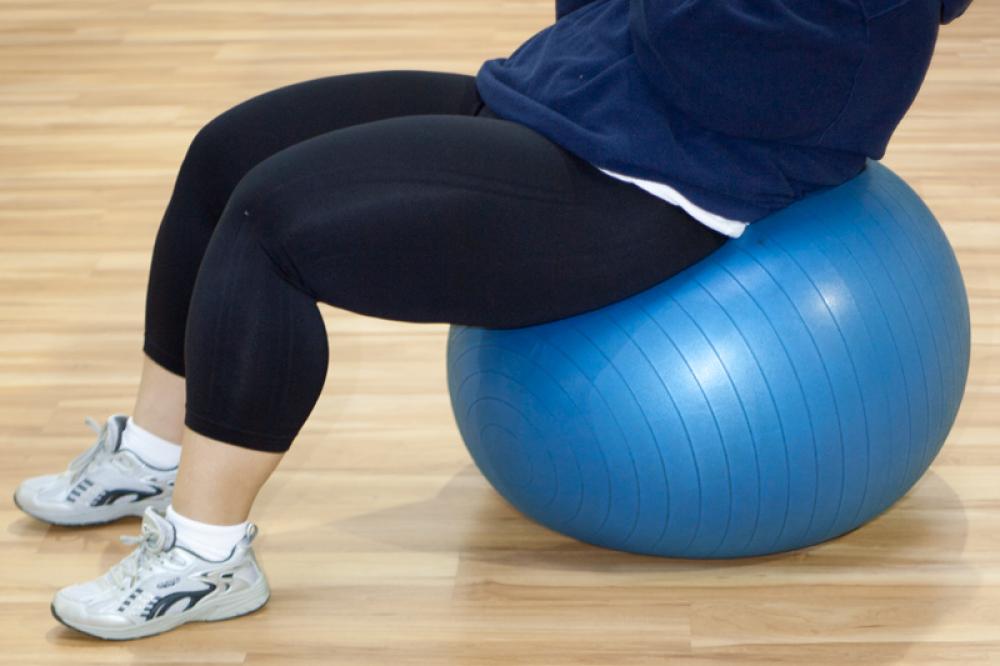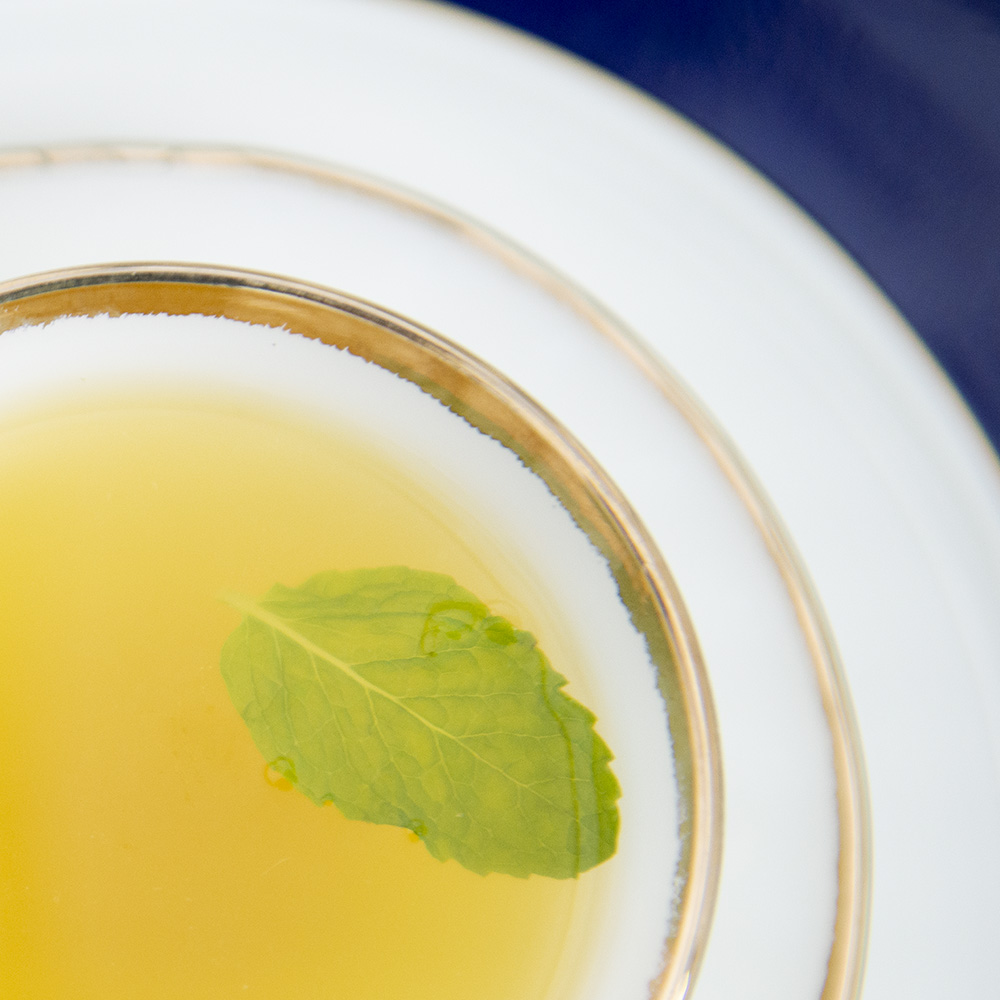Phase III – Regular Meals
Like the other phases of the post-bariatric surgery diet, the exact timing of Phase III of your diet will vary. Phase III of your diet typically starts at the beginning of week 5 and continues for the rest of your life. The goal is to choose healthy, balanced meals and make lifestyle changes to become the new healthy you.
Different Textures and Types of Food

It's up to you and smart choices
Phase III has the least structure because the idea is that you have worked to build healthy food choices and habits by this stage. This is the time for independent thought and creativity with healthy food and portions. You should continue to follow your previous routine that you used for previous diet phases for meal times and vitamin supplementation. Plan your meals and snacks so that you can avoid slip-ups. Measure your portion sizes to avoid accidental over-eating. STOP eating when you feel full, even if you have left-overs.
Phase III Diet Reminders
- Ideally you must drink one protein shake a day to meet your protein target, but also try to get the rest of your protein from solid foods. Solid foods will provide more satiety and have a higher biological value when compared to liquids.
- Continue to take small bites; each bite size should be the size of a dime.
- Continue to chew thoroughly before swallowing. Be sure that the food is apple sauce consistency before you swallow.
- Put your fork down between bites of food. This will give you time to chew appropriately.
- Continue to eat every 4 hours while you are awake. Try not to go over 5 hours without eating anything. DO NOT use this suggestion as an excuse to have something unhealthy if that is the only food choice available.
- Continue to drink slowly. Sip on non-caloric liquids throughout the day but stop drinking around meal times. Stop drinking 30 minutes BEFORE meal time and start drinking 60 minutes AFTER meal times. This will ensure that your pouch can hold solid foods and you will not experience nausea/vomiting.
- Consume 64 to 72 ounces of fluids each day (this amount includes protein shakes).
- Your beverages should be calorie-free (except protein drinks). Save your calories for eating and not drinking.
- Try one food at a time to ensure tolerance. If you do not tolerate a particular food the first time around, put it back on your list to try it again in couple weeks.
- Talk to your doctor and dietitian if you feel you might have possible side effects.
* If skim milk is not tolerated use Fat-Free Lactaid or Fat-Free Soy Milk
* Half of your fluid intake should be comprised of water
Chile can be both healthy and mild
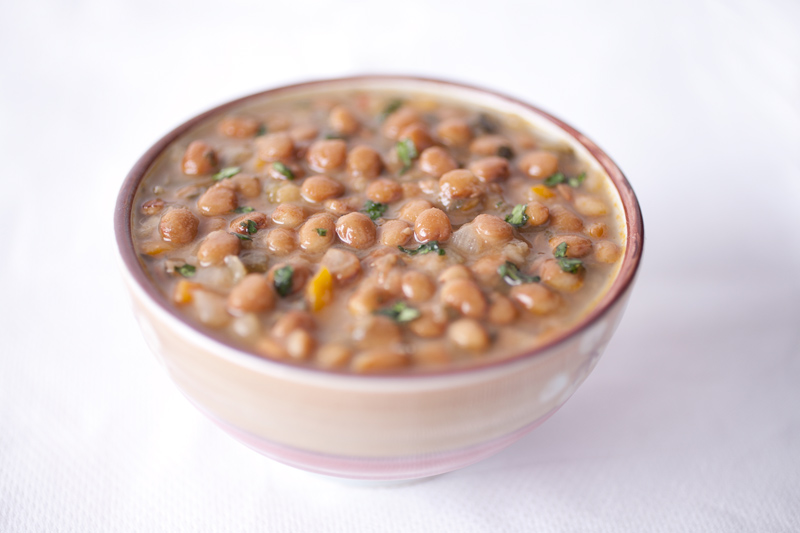
PHASE III Special Considerations and Hard to Tolerate Foods
- Breads – Breads can expand in your pouch and cause discomfort. If you choose bread at any time, choose a whole grain, light bread (approx. 40 calories each slice) and have it well toasted.
- Pasta, rice and corn – Most patients tend to have problems with these food items especially during the first 6 to 8 weeks post-surgery.
- Sugary foods like candy, cakes, pies, and cookies – Gastric-bypass patients will experience dumping syndrome if these foods are consumed. Sleeve patients and lap band patients may not experience the dumping syndrome, but they will get a lot of empty calories from these foods.
- High fat foods – Your body may not tolerate high fat foods after this surgery. You may have diarrhea, bloating and indigestion when high fat foods are consumed.
- Processed meat such as hotdogs, sausage – These foods have casings which are hard to digest after the surgery. They are also high in salt and fat.
Beans are rich in protein and fiber

Phase III Allowed vs. Avoid Food List
Food Group | Allowed | Avoid |
Beverages | Water and ice chips, tea, coffee (preferably, decaffeinated), sugar free cocoa, crystal light, sugar-free Kool-aid, sugar-free Tang, sugar-free lemonade, diet Snapple, diet V-8 Splash, non-caloric flavored water. Caffeine in limited amounts. | All sugar sweetened drinks, alcoholic beverages, coffee Caffeine in large amounts, carbonated beverages |
Starches | Whole grains | Sugar sweetened cereals, sugar sweetened dessert, simple and processed carbohydrates. |
Fruits | All fruits | Sugar sweetened juices |
Dairy | Skim or fat free milk, low fat yogurt, low fat or fat free cottage cheese | All others |
Meat | Lean meats, poultry, fish, eggs Cooking Methods: Baking, boiling, slow cooker, foil wrapped, grilling, broiled | High fat content meats such as bacon. Cooking methods: frying |
Vegetables | All vegetables | Fried vegetables |
Fats | I can’t believe it’s not butter cooking spray, healthy oils such as Olive and canola, nuts | Saturated fats, butter, margarine |
Just because you are now on the regular stage of your diet does not mean that you can go back to eating the way that you used to before your operation. Remember portion size is going to be very small compared to what your were previously accustomed. Also please be very careful with the types of foods. Very heavy rich foods with fat and sugar will cause nausea, bloating and problems with digestion.
Choose rich colored fruits and vegetables
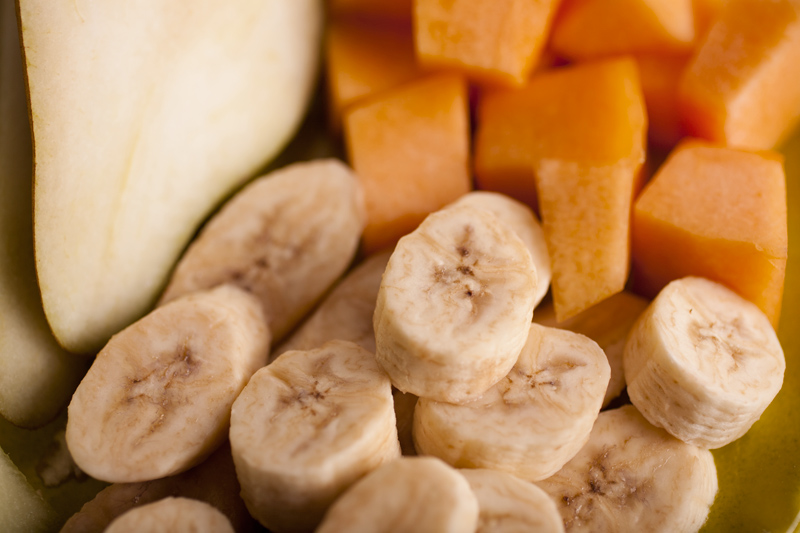
Sample Phase III Diet
Sample Day #1
Meal 1 – Crunchy bell peppers with low fat ricotta cheese
Meal 2 – Chicken salad
Meal 3 – Lean Meatballs and tomato sauce
Meal 4 – 1 oz string cheese
Sample Day #2
Meal 1 – Egg white omelet with soft cooked vegetables and part skim cheese
Meal 2 – Baked fish with mixed greens
Meal 3 – Chicken stew with onions, tomatoes and pepper.
Meal 4 – 1 oz roasted almonds
Sample Day #3
Meal 1 – ½ cup whole grain cereal with skim milk
Meal 2 – ½ cup turkey chili
Meal 3 – Baked fish with steamed vegetables
Meal 4 – Carrot sticks with hummus
Please continue to drink non-caloric, non-carbonated, decaffeinated fluids between meals leaving plenty of time before and after a meal so that you do not wash foods through your pouch. Drink plenty of water. You may rely on protein drinks to meet your protein target during this phase if you are not consuming enough protein-rich solid foods. It is a good idea to continue with protein supplementation long-term. Plan your meals and snacks to avoid slip-ups.


